
Valizas: Uruguay's Hidden Coastal Gem
Discover Valizas, Uruguay: A tranquil escape with pristine beaches, impressive sand dunes, and a charming rustic vibe perfect for nature lovers and peace seekers.
Nestled along the pristine Atlantic coast, Valizas in Uruguay is a tranquil village that offers a unique escape from the hustle and bustle of modern life. Known for its serene beaches, impressive sand dunes, and charming rustic vibe, Valizas is a haven for nature lovers and those seeking a peaceful retreat. The golden sands stretch for miles, inviting leisurely strolls and moments of quiet reflection with the soothing sound of the ocean waves as your soundtrack. One of the standout attractions in Valizas is the hike to Cabo Polonio, an adventure that takes you through shifting sand dunes and diverse landscapes. This journey is not just a physical trek but a journey through some of Uruguay's most breathtaking scenery. Once you reach Cabo Polonio, you'll be greeted by a lighthouse, sea lions basking on the rocks, and a sense of timelessness that is rare in today's fast-paced world. The village itself is a blend of simplicity and charm. Local eateries serve fresh seafood, and small shops offer handmade crafts. The residents of Valizas are known for their hospitality, making visitors feel right at home. Whether you're camping under the stars, exploring the unique flora and fauna, or simply enjoying the sunset over the Atlantic, Valizas provides a holistic and enriching travel experience.
Local tips in Valizas
- Bring cash - There are no ATMs in Valizas, and many places do not accept credit cards.
- Explore early - The hike to Cabo Polonio is best started early in the morning to avoid the midday heat.
- Stay hydrated - The sun can be intense, so carry plenty of water, especially if you're planning outdoor activities.
- Pack light - The village is best explored on foot, so bring comfortable footwear and minimal baggage.
- Respect nature - Valizas is home to diverse wildlife and plants. Be mindful of your impact and leave no trace.
Valizas: Uruguay's Hidden Coastal Gem
Nestled along the pristine Atlantic coast, Valizas in Uruguay is a tranquil village that offers a unique escape from the hustle and bustle of modern life. Known for its serene beaches, impressive sand dunes, and charming rustic vibe, Valizas is a haven for nature lovers and those seeking a peaceful retreat. The golden sands stretch for miles, inviting leisurely strolls and moments of quiet reflection with the soothing sound of the ocean waves as your soundtrack. One of the standout attractions in Valizas is the hike to Cabo Polonio, an adventure that takes you through shifting sand dunes and diverse landscapes. This journey is not just a physical trek but a journey through some of Uruguay's most breathtaking scenery. Once you reach Cabo Polonio, you'll be greeted by a lighthouse, sea lions basking on the rocks, and a sense of timelessness that is rare in today's fast-paced world. The village itself is a blend of simplicity and charm. Local eateries serve fresh seafood, and small shops offer handmade crafts. The residents of Valizas are known for their hospitality, making visitors feel right at home. Whether you're camping under the stars, exploring the unique flora and fauna, or simply enjoying the sunset over the Atlantic, Valizas provides a holistic and enriching travel experience.
When is the best time to go to Valizas?
Iconic landmarks you can’t miss
Fortress of Santa Teresa
Explore the Fortress of Santa Teresa: A Historical Landmark in Uruguay with Stunning Views and Rich Military Heritage.
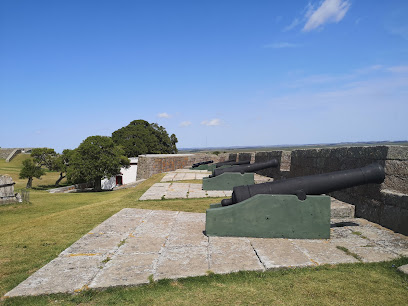
Arroyo Valizas
Explore the serene beaches of Arroyo Valizas, a hidden gem on the Uruguayan coast that offers natural beauty and a peaceful retreat.
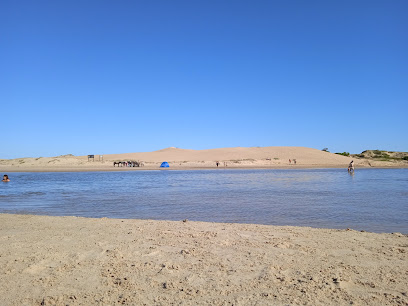
Monte de Ombúes
Explore the natural beauty and biodiversity of Monte de Ombúes, a stunning tourist attraction in Uruguay's Rocha Department, perfect for nature lovers and adventurers.
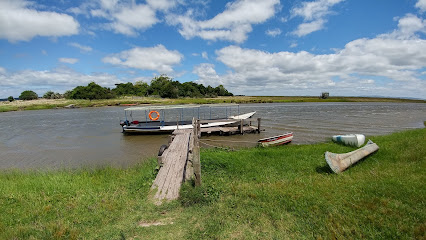
Lo De Ro
Experience the charm of Barra de Valizas at Lo De Ro, an eco-friendly hostel that blends nature with comfort for an unforgettable stay.

Lucky Valizas
Discover the serene beauty and welcoming atmosphere of Lucky Valizas, your ideal hostel retreat in Barra de Valizas, Uruguay.

Solar Valizas Hostel
Experience the serene beauty of Barra de Valizas at Solar Valizas Hostel, your perfect getaway for relaxation and adventure in Uruguay's stunning Rocha Department.
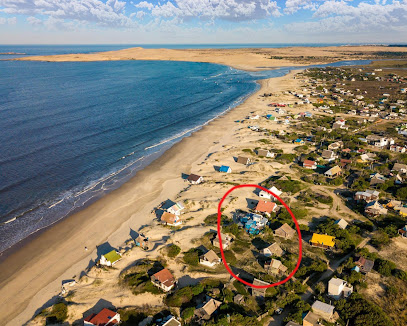
Cabalgatas Valiceras
Discover the enchanting landscapes of Uruguay at Cabalgatas Valiceras, where unforgettable horseback riding adventures and serene farm stays await.
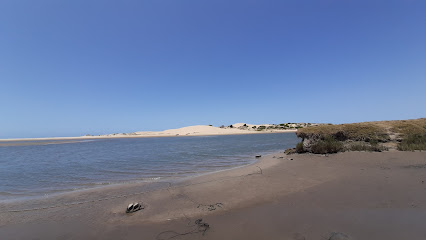
Cerro De La Buena Vista
Explore the breathtaking vistas of Cerro De La Buena Vista in Rocha, Uruguay, a scenic spot where nature's beauty meets tranquility.
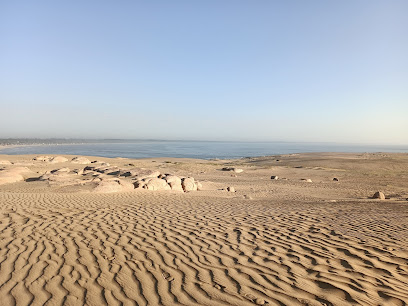
Dunas de Valizas
Explore the stunning Dunas de Valizas, a natural paradise of serene sand dunes and breathtaking coastal views in Uruguay's Rocha Department.
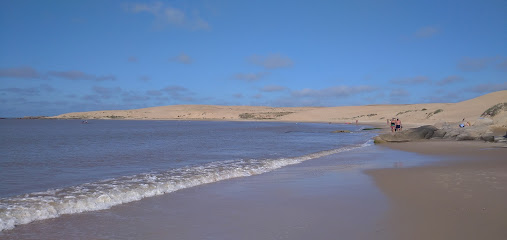
Posada Valizas
Discover the serene beauty and local charm of Posada Valizas, your perfect coastal getaway in Barra de Valizas, Uruguay.

Unmissable attractions to see
Fortress of Santa Teresa
Discover the historic Fortress of Santa Teresa in Uruguay - a stunning blend of military history and breathtaking coastal views.
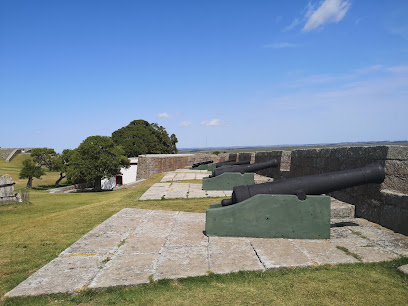
El Faro del Cabo Santa Maria
Discover El Faro del Cabo Santa Maria, a captivating lighthouse in La Paloma, Uruguay, offering stunning views and rich maritime history.
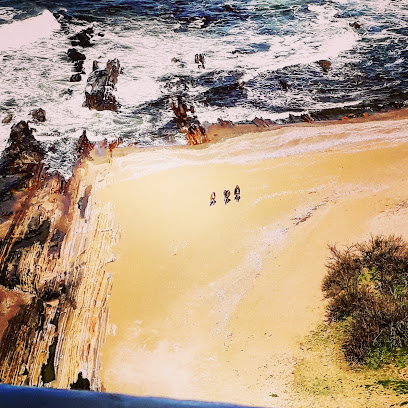
Playa Cabo Polonio
Explore Playa Cabo Polonio: A hidden coastal paradise in Uruguay with stunning beaches, a unique vibe, and a vibrant local culture.
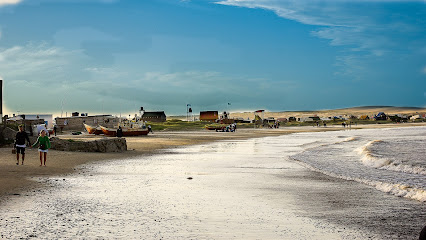
Barra de Valizas Beach
Experience the pristine beauty of Barra de Valizas Beach in Uruguay, a tranquil escape perfect for relaxation and adventure amidst stunning coastal scenery.
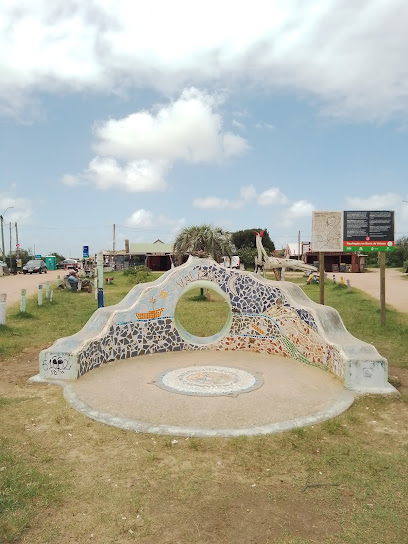
Arroyo Valizas
Experience the serene beauty of Arroyo Valizas, a hidden coastal gem in Uruguay, where nature and tranquility meet for the perfect getaway.
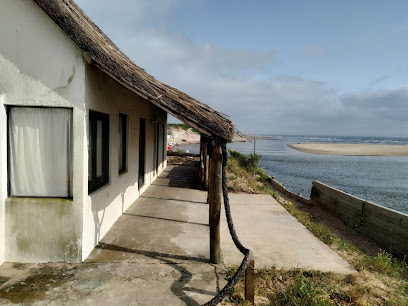
Valle De La Luna
Explore the ethereal landscapes of Valle De La Luna, a captivating natural attraction in Rocha, Uruguay, perfect for adventure and photography.
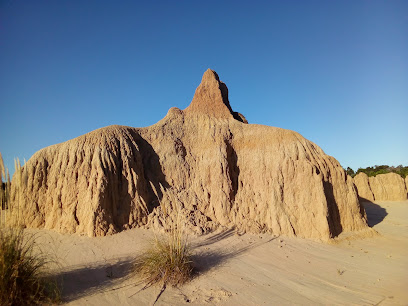
Sendero Cárcavas Milenarias
Experience the breathtaking beauty of Sendero Cárcavas Milenarias, a stunning natural trail in Punta Rubia, Uruguay, perfect for hiking and exploration.
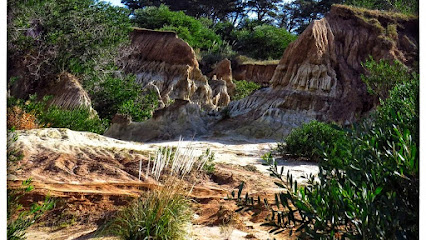
Grande Beach
Experience the enchanting beauty of Grande Beach in Punta del Diablo, Uruguay, where golden sands meet vibrant sunsets and tranquil waves.
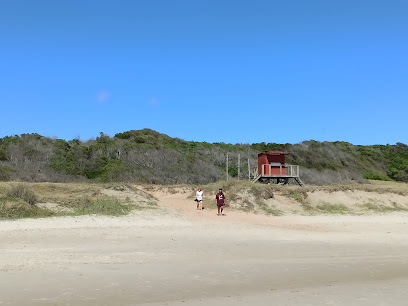
El Paraíso
Explore the tranquil beauty of El Paraíso in Rocha Department, Uruguay, where nature meets serenity and adventure awaits.
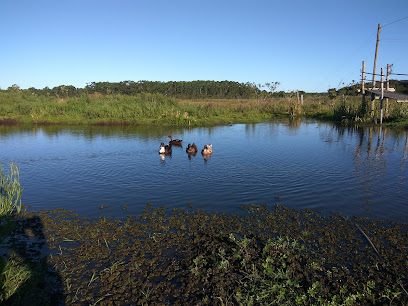
Bajada a la playa
Discover the tranquil beauty of Bajada a la Playa, a stunning access point to the picturesque beaches of La Esmeralda, Uruguay.
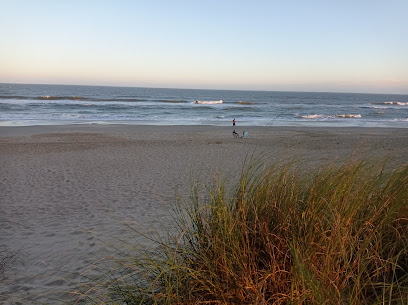
Cerro De La Buena Vista
Discover the tranquility and stunning vistas of Cerro De La Buena Vista, a scenic spot in Rocha Department, Uruguay, perfect for nature lovers and photographers.
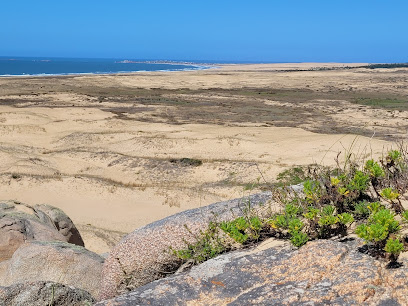
Dunas de Valizas
Experience the breathtaking beauty of Dunas de Valizas, a stunning dune landscape offering panoramic views and a serene escape on Uruguay's Atlantic coast.
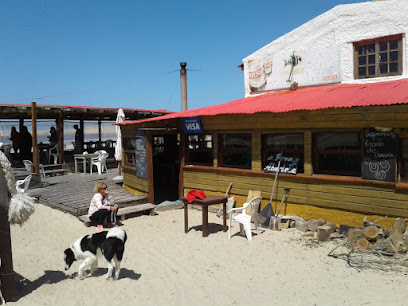
Cabo Polonio
Experience the untouched beauty and unique charm of Cabo Polonio, a hidden paradise on the Uruguayan coast, where nature and tranquility reign.

La Calavera Beach
Experience the serene beauty of La Calavera Beach in Rocha, Uruguay – a perfect getaway for sun, sand, and sea.

Craftsmen Plaza de Valizas
Explore the vibrant Craftsmen Plaza de Valizas, a hub of local artistry and unique handicrafts in Barra de Valizas, Uruguay.
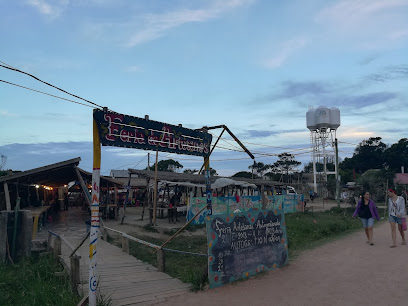
Essential places to dine
Restaurante La Proa
Experience exquisite seafood dining at Restaurante La Proa in Barra de Valizas – where local flavors meet ocean views.
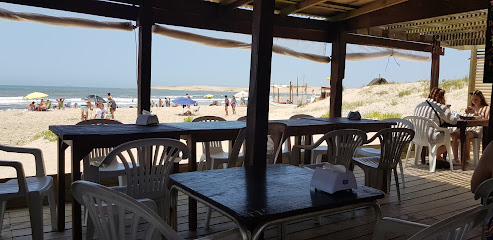
La Jarana
Discover La Jarana: A Culinary Gem in Barra de Valizas Offering Exquisite Seafood Dishes in a Cozy Atmosphere.
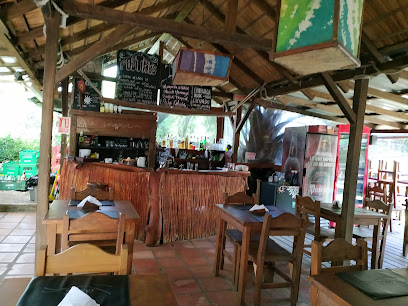
El Rey de la Milanesa
Savor delicious milanesa sandwiches at El Rey de la Milanesa in Barra de Valizas – where local flavors meet fast food charm.
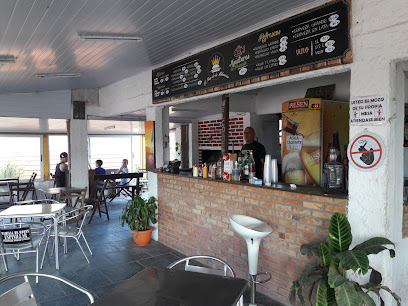
HUMA
Discover HUMA in Barra de Valizas: A restaurant offering exquisite Uruguayan cuisine with fresh local ingredients and a cozy atmosphere.
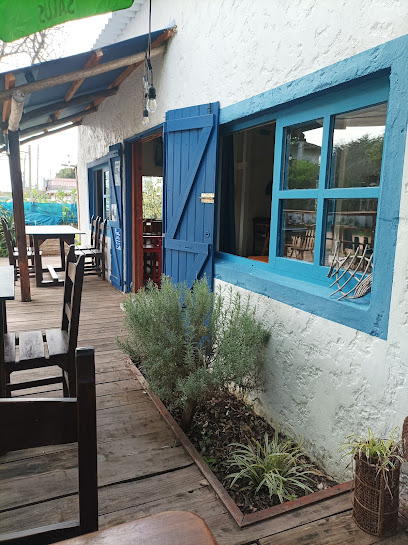
Merecumbé
Discover delicious Uruguayan cuisine at Merecumbé in Barra de Valizas – where fresh ingredients meet coastal charm.
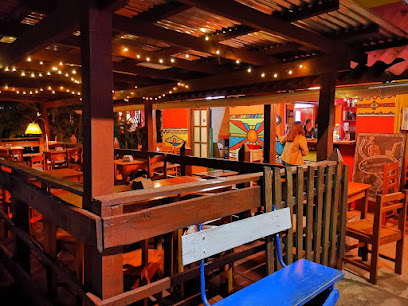
Doña Bella
Discover authentic Uruguayan flavors at Doña Bella in Barra de Valizas – where local cuisine meets coastal charm.
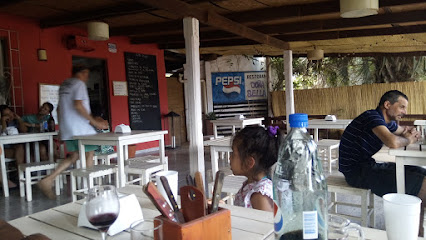
Rabuk
Experience authentic Uruguayan cuisine at Rabuk in Barra de Valizas - a culinary gem known for fresh ingredients and welcoming atmosphere.

Pizzería Lo del Cholo
Discover delicious artisanal pizzas at Pizzería Lo del Cholo in Barra de Valizas – where local flavors meet warm hospitality.
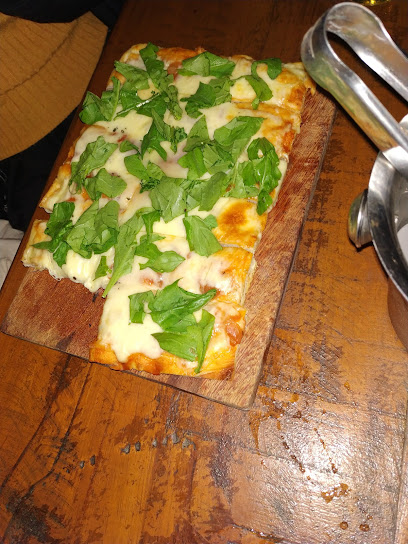
Isla Tortuga Valizas
Discover Isla Tortuga Valizas: A Seafood Haven Offering Fresh Flavors and Stunning Coastal Views in Barra de Valizas.
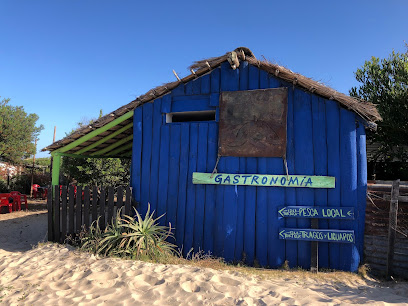
Pizzas Rolo
Savor mouthwatering pizzas at Pizzas Rolo in Barra de Valizas – where fresh ingredients meet coastal charm.
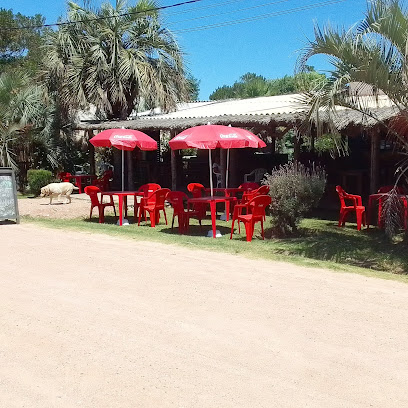
Vokere Valizas
Experience exquisite Uruguayan cuisine at Vokere Valizas in Barra de Valizas - where every meal tells a story.
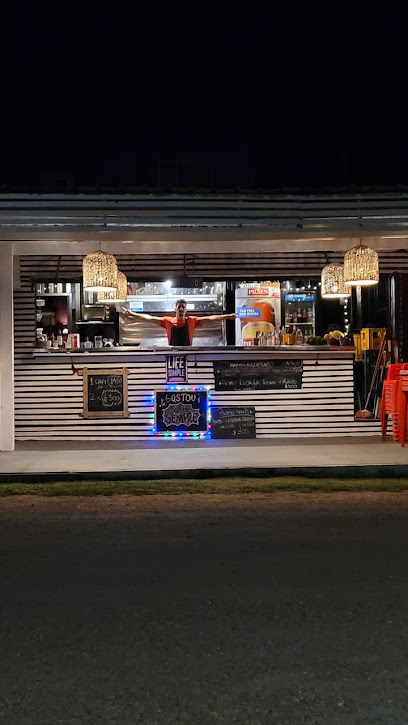
Markets, malls and hidden boutiques
Supermercado El Puente
Explore the vibrant flavors of Uruguay at Supermercado El Puente, your go-to supermarket in Barra de Valizas for local goods and fresh produce.
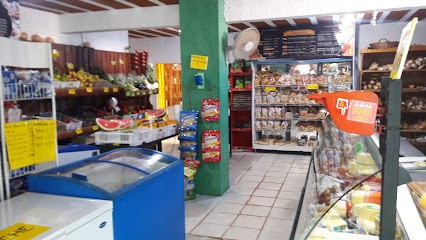
Lo De Ro
Discover the charm of Barra de Valizas at Lo De Ro, your cozy hostel retreat for an authentic coastal experience.
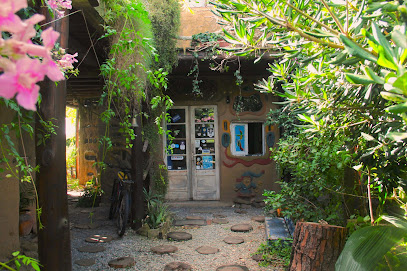
Lucky Valizas
Discover the Beauty of Rocha Department at Lucky Valizas - Your Cozy Hostel Retreat by the Sea.

Autoservice Del Mar
Discover the convenience of Autoservice Del Mar, a well-stocked supermarket in Barra de Valizas with local products and friendly service.
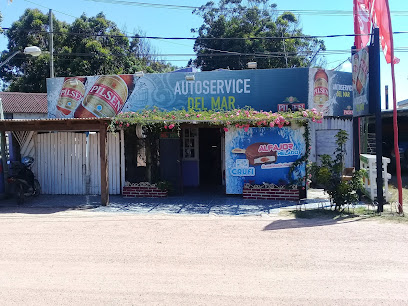
Cabalgatas Valiceras
Discover the breathtaking landscapes of Rocha while enjoying horseback riding adventures at Cabalgatas Valiceras, a perfect blend of nature and relaxation.

Agua na Boca
Discover the delightful flavors of Uruguay at Agua na Boca, a bakery in Barra de Valizas famous for its fresh pastries and warm atmosphere.
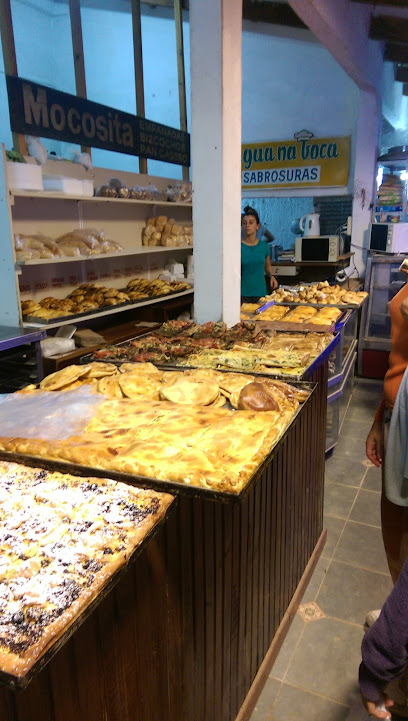
Posada Valizas
Experience the serene beauty of Posada Valizas, a cozy hotel in Barra de Valizas, perfect for nature lovers and adventure seekers.

Heladería Tropical!
Savor the sweet, artisanal ice creams of Heladería Tropical in Barra de Valizas, a delightful stop for every traveler in Uruguay's coastal paradise.
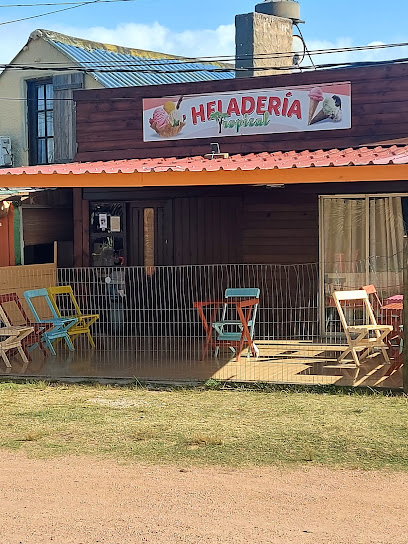
Taller Mecánico
Discover reliable auto repair services at Taller Mecánico in Barra de Valizas, where expert care meets friendly service for all your automotive needs.

Lo de Lolita
Discover local flavors and essentials at Lo de Lolita, the charming supermarket in Barra de Valizas, perfect for all your travel needs.
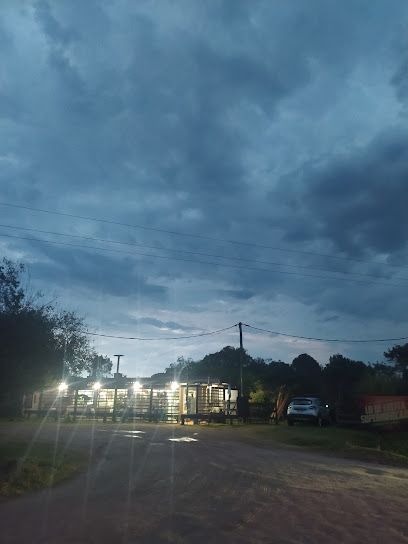
Creperia
Discover the delightful crêpes of Creperia in Barra de Valizas, where every bite is a taste of local flavor and coastal charm.
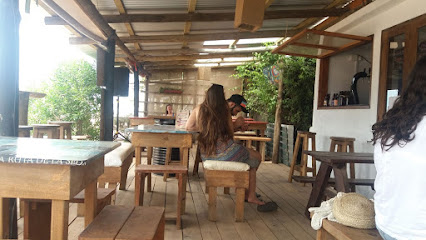
Barraca Ferreteria Valizas Los Kuatro
Explore Barraca Ferreteria Valizas Los Kuatro - your one-stop hardware store in Barra de Valizas, offering a diverse range of tools and supplies for every need.
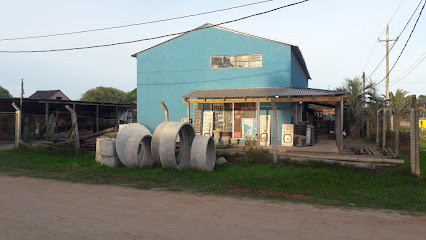
Artesanías en Mate
Explore the vibrant culture of Uruguay through authentic mate crafts and unique home goods at Artesanías en Mate in Aguas Dulces.
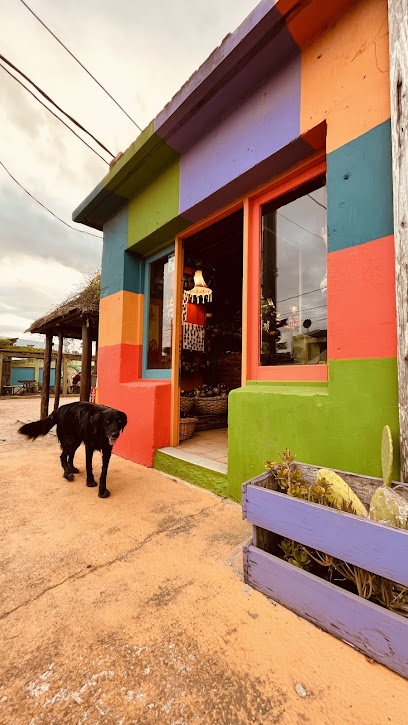
DESDELPIE
Explore DESDELPIE in Barra de Valizas for unique clothing, crafts, and home decor, showcasing the best of local Uruguayan artistry.
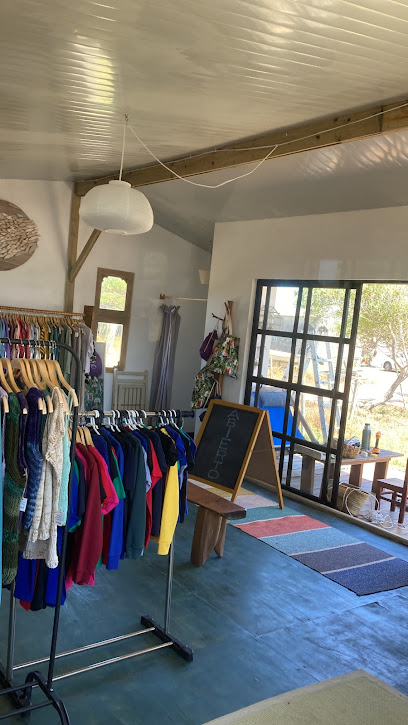
SENTIR
Discover the vibrant fashion scene at SENTIR, Aguas Dulces' top clothing store, where local style meets contemporary trends.

Essential bars & hidden hideouts
Restaurante La Proa
Experience the best of Uruguayan cuisine with fresh seafood and a beautiful coastal setting at Restaurante La Proa in Barra de Valizas.
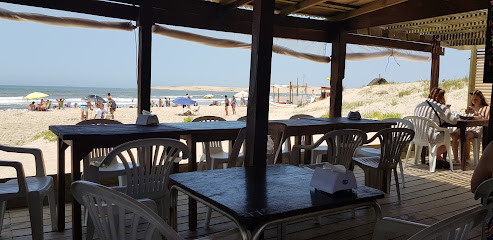
La Jarana
Experience the flavors of Uruguay at La Jarana, a delightful restaurant in Barra de Valizas known for its fresh ingredients and vibrant atmosphere.

El Rey de la Milanesa
Discover the best milanesa in Barra de Valizas at El Rey de la Milanesa, where fast food meets local flavor in an inviting atmosphere.
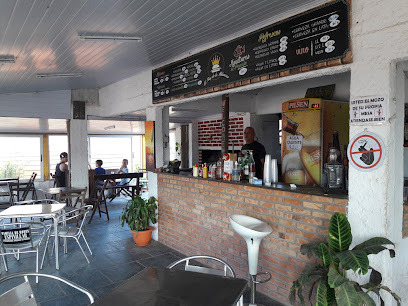
HUMA
Experience the rich flavors of Uruguay at HUMA, a premier restaurant in Barra de Valizas, where local ingredients meet culinary creativity.
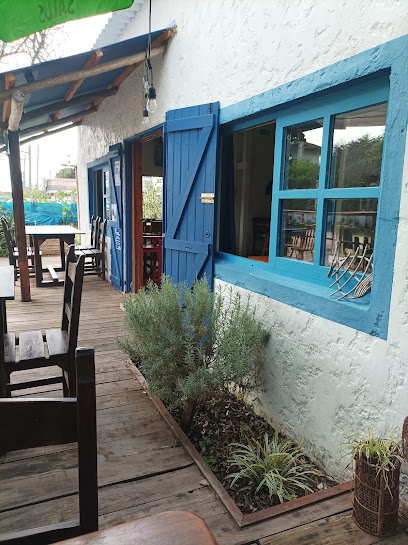
Doña Bella
Experience the flavors of Uruguay at Doña Bella, your go-to restaurant in Barra de Valizas for authentic local cuisine and a warm atmosphere.
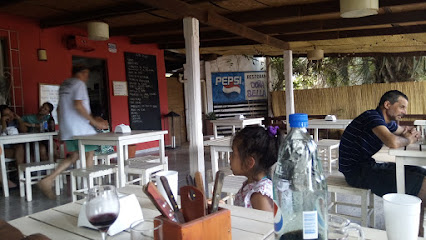
Salsipuedes
Experience the vibrant coastal charm of Salsipuedes in Rocha, where refreshing drinks meet stunning ocean views.

Pizzería Lo del Cholo
Discover the authentic flavors of Barra de Valizas at Pizzería Lo del Cholo, where every pizza is a taste of local tradition and hospitality.
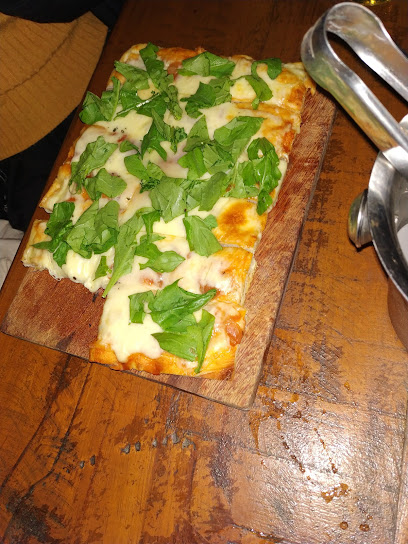
Horacio Pastas
Experience the essence of Uruguayan cuisine with homemade pasta delights at Horacio Pastas in Barra de Valizas.
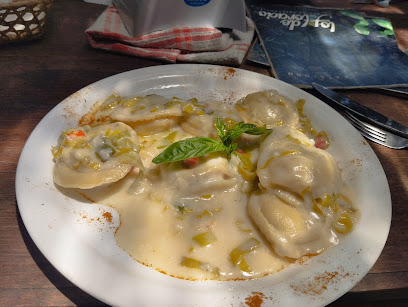
Creperia
Discover the exquisite crêpes of Creperia in Barra de Valizas, where local flavors meet culinary creativity in a cozy seaside setting.
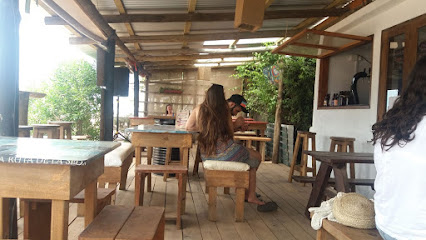
El kraken Hamburguesas
Savor the best of burgers at El Kraken Hamburguesas in Barra de Valizas, where local flavors meet a vibrant dining atmosphere.
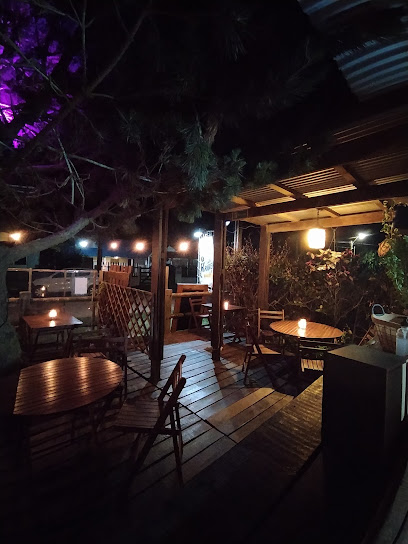
Garufa (pizza, empanadas y lemeyun)
Indulge in the authentic flavors of Uruguay at Garufa, the premier pizza destination in Barra de Valizas, celebrated for its empanadas and lemeyun.
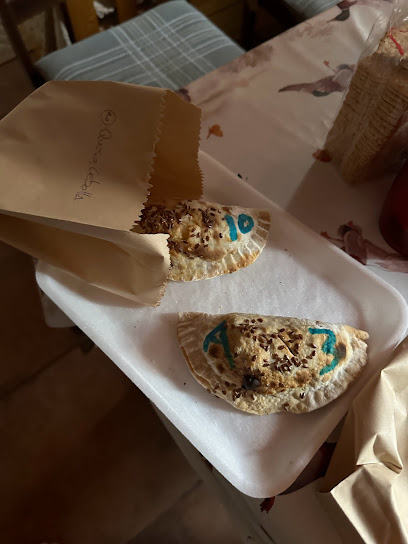
Estación Central
Experience the vibrant nightlife of Rocha at Estación Central, a lively pub offering craft beers and delicious local cuisine.
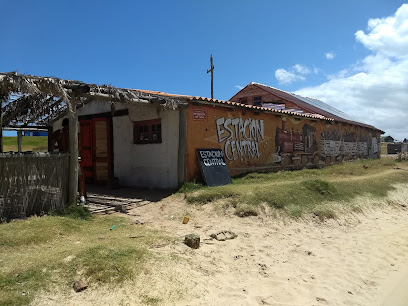
Utopia kebab
Experience the vibrant flavors of Utopia Kebab, a gastropub in Barra de Valizas known for its delicious kebabs and welcoming atmosphere.
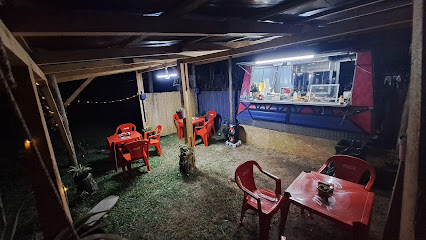
PuebloChico Valizas
Discover the flavors of Uruguay at PuebloChico Valizas, a culinary gem in Barra de Valizas with local ingredients and a welcoming atmosphere.
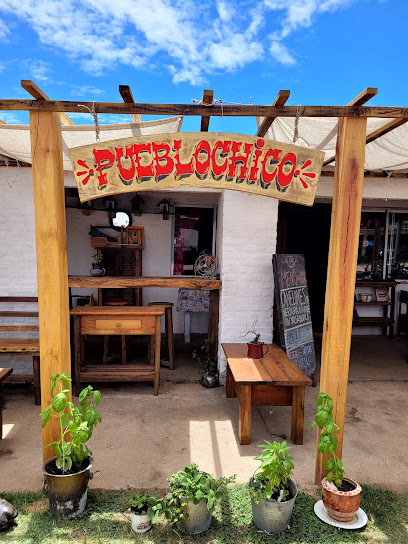
Vokere Valizas
Experience the authentic flavors of Uruguay at Vokere Valizas, a charming restaurant in the coastal town of Barra de Valizas.
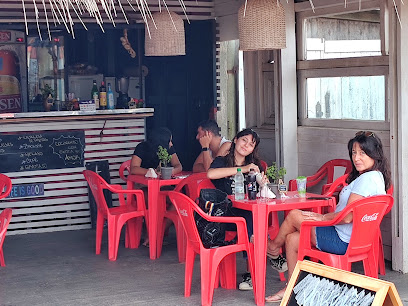
Local Phrases about Valizas
-
- HelloHola
[oh-lah] - GoodbyeAdiós
[ah-dee-ohs] - YesSí
[see] - NoNo
[noh] - Please/You're welcomePor favor/De nada
[por fah-vor/deh nah-dah] - Thank youGracias
[grah-see-ahs] - Excuse me/SorryDisculpe/Perdón
[dee-skool-peh/pehr-dohn] - How are you?¿Cómo estás?
[koh-moh ehs-tahs] - Fine. And you?Bien. ¿Y tú?
[byen. ee too] - Do you speak English?¿Hablas inglés?
[ah-blahs een-glehs] - I don't understandNo entiendo
[noh ehn-tyen-doh]
- HelloHola
-
- I'd like to see the menu, pleaseMe gustaría ver el menú, por favor
[meh goos-tah-ree-ah behr ehl meh-noo, por fah-vor] - I don't eat meatNo como carne
[noh koh-moh kahr-neh] - Cheers!¡Salud!
[sah-lood] - I would like to pay, pleaseMe gustaría pagar, por favor
[meh goos-tah-ree-ah pah-gahr, por fah-vor]
- I'd like to see the menu, pleaseMe gustaría ver el menú, por favor
-
- Help!¡Ayuda!
[ah-yoo-dah] - Go away!¡Vete!
[veh-teh] - Call the Police!¡Llama a la Policía!
[yah-mah ah lah poh-lee-see-ah] - Call a doctor!¡Llama a un médico!
[yah-mah ah oon meh-dee-koh] - I'm lostEstoy perdido
[ehs-toy pehr-dee-doh] - I'm illEstoy enfermo
[ehs-toy ehn-fehr-moh]
- Help!¡Ayuda!
-
- I'd like to buy...Me gustaría comprar...
[meh goos-tah-ree-ah kohm-prahr] - I'm just lookingSolo estoy mirando
[soh-loh ehs-toy mee-rahn-doh] - How much is it?¿Cuánto cuesta?
[kwan-toh kwehs-tah] - That's too expensiveEs demasiado caro
[ehs deh-mah-see-ah-doh kah-roh] - Can you lower the price?¿Puedes bajar el precio?
[pweh-dehs bah-har ehl pree-syoh]
- I'd like to buy...Me gustaría comprar...
-
- What time is it?¿Qué hora es?
[keh oh-rah ehs] - It's one o'clockEs la una
[ehs lah oo-nah] - Half past (10)Las diez y media
[lahs dyehs ee meh-dee-ah] - MorningMañana
[mah-nyah-nah] - AfternoonTarde
[tahr-deh] - EveningNoche
[noh-cheh] - YesterdayAyer
[ah-yehr] - TodayHoy
[oy] - TomorrowMañana
[mah-nyah-nah] - 1Uno
[oo-noh] - 2Dos
[dohs] - 3Tres
[trehs] - 4Cuatro
[kwah-troh] - 5Cinco
[seen-koh] - 6Seis
[says] - 7Siete
[syeh-teh] - 8Ocho
[oh-choh] - 9Nueve
[nweh-veh] - 10Diez
[dyehs]
- What time is it?¿Qué hora es?
-
- Where's a/the...?¿Dónde está...?
[dohn-deh ehs-tah] - What's the address?¿Cuál es la dirección?
[kwal ehs lah dee-rehk-syon] - Can you show me (on the map)?¿Puedes mostrarme (en el mapa)?
[pweh-dehs mohs-trar-meh (ehn ehl mah-pah)] - When's the next (bus)?¿Cuándo es el próximo (autobús)?
[kwan-doh ehs ehl proh-ksee-moh (ow-toh-boos)] - A ticket (to ....)Un boleto (a ....)
[oon boh-leh-toh (ah)]
- Where's a/the...?¿Dónde está...?
History of Valizas
-
Before the arrival of European settlers, the area now known as Valizas was inhabited by the indigenous Charrúa people. They lived off the land, fishing in the Atlantic Ocean and the nearby lagoon, and hunting in the surrounding forests. The Charrúa's deep connection to nature continues to influence the local culture and traditions.
-
During the colonial period, Valizas was part of the Spanish Empire. The region was relatively remote and sparsely populated, with few settlements. Spanish explorers and missionaries occasionally passed through the area, but it remained largely untouched by major colonial developments. This isolation helped preserve its natural beauty and indigenous heritage.
-
In the 18th century, the rugged coastline of Valizas became a favored hideout for pirates and smugglers. The area's intricate network of dunes and lagoons provided perfect cover for illicit activities. Local legends still tell tales of buried treasure and secret hideaways, adding an element of mystery and adventure to Valizas' history.
-
In 1880, the Rocha Department was officially established, with Valizas becoming part of this administrative division. The formation of the department brought more attention to the area, leading to gradual development and settlement. Valizas started to grow as people began to appreciate its unique landscape and potential for agriculture and fishing.
-
Throughout the 20th century, Valizas grew as a small fishing and agricultural community. The fertile land and abundant marine resources supported a modest but thriving local economy. Traditional fishing methods and sustainable agricultural practices were passed down through generations, contributing to the area's cultural heritage.
-
In the latter half of the 20th century, Valizas experienced a tourism boom. Travelers from Uruguay and beyond were drawn to its pristine beaches, sand dunes, and relaxed atmosphere. The influx of tourists brought new opportunities and challenges, leading to the development of infrastructure while trying to maintain the area's natural charm.
-
In recent years, Valizas has become a focal point for environmental conservation efforts. Local organizations and residents have worked to protect the unique ecosystems of the dunes, lagoons, and coastal areas. These efforts aim to balance tourism with sustainability, ensuring that Valizas remains a haven for future generations to enjoy.
-
Valizas is known for its vibrant cultural scene, with various festivals and traditions celebrated throughout the year. Events such as the Candombe drumming festival and the annual kite festival attract visitors and locals alike. These celebrations showcase the rich cultural heritage and community spirit of Valizas, making it a lively and engaging destination.
Valizas Essentials
-
Valizas is located in the Rocha Department of Uruguay. The nearest major city is Montevideo, which is approximately 270 kilometers away. From Montevideo, you can take a bus operated by companies like COT or Rutas del Sol directly to Valizas. The journey typically takes around 4 to 5 hours. Alternatively, you can rent a car for a more flexible travel experience.
-
Valizas is a small town, and most attractions are within walking distance. For exploring nearby areas, local buses are available, although schedules may be irregular. Taxis are rare, so renting a bicycle or a car could be a more convenient option for getting around. Be aware that roads can be sandy and challenging for inexperienced drivers.
-
The official currency in Uruguay is the Uruguayan Peso (UYU). While some establishments in Valizas may accept credit cards, it is advisable to carry cash, especially in smaller shops and restaurants. ATMs are limited, so it is recommended to withdraw sufficient cash before arriving in Valizas.
-
Valizas is generally safe for tourists, but standard precautions should be taken. Avoid walking alone at night on deserted beaches or areas. Keep an eye on your belongings, especially in crowded places like markets. There are no specific high-crime areas targeting tourists, but staying vigilant is always advisable.
-
In case of an emergency, dial 911 for immediate assistance. The nearest hospital is in Castillos, about 18 kilometers from Valizas. It is advisable to have travel insurance that covers medical emergencies. For minor health issues, there is a local clinic and several pharmacies where you can purchase over-the-counter medications.
-
Fashion: Do wear comfortable, casual beachwear. Avoid overly revealing clothing when not on the beach. Religion: Do respect local customs and traditions. There are no major religious restrictions, but modesty is appreciated. Public Transport: Do be patient with the irregular bus schedules. Don't expect high-frequency service. Greetings: Do greet people with a friendly 'Hola' or 'Buen día'. A handshake is also common. Eating & Drinking: Do try local seafood and traditional Uruguayan dishes like 'chivito' and 'asado'. Don't refuse food or drink offerings, as it is considered impolite.
-
To experience Valizas like a local, visit the local fish markets early in the morning to get the freshest catch. Participate in traditional 'candombe' drum circles if you have the opportunity. Take a scenic hike to the nearby Cerro de la Buena Vista for panoramic views. Engage with locals; they are friendly and often willing to share stories about Valizas' history and culture.
Nearby Cities to Valizas
-
Things To Do in Punta del Este
-
Things To Do in Montevideo
-
Things To Do in Tacuarembó
-
Things To Do in Colonia del Sacramento
-
Things To Do in La Plata
-
Things To Do in Buenos Aires
-
Things To Do in Fray Bentos
-
Things To Do in Mar del Plata
-
Things To Do in Rosario
-
Things To Do in Encarnacion
-
Things To Do in Carmen del Parana
-
Things To Do in Florianópolis
-
Things To Do in Puerto Iguazú
-
Things To Do in Foz do Iguaçu
-
Things To Do in Villarrica








